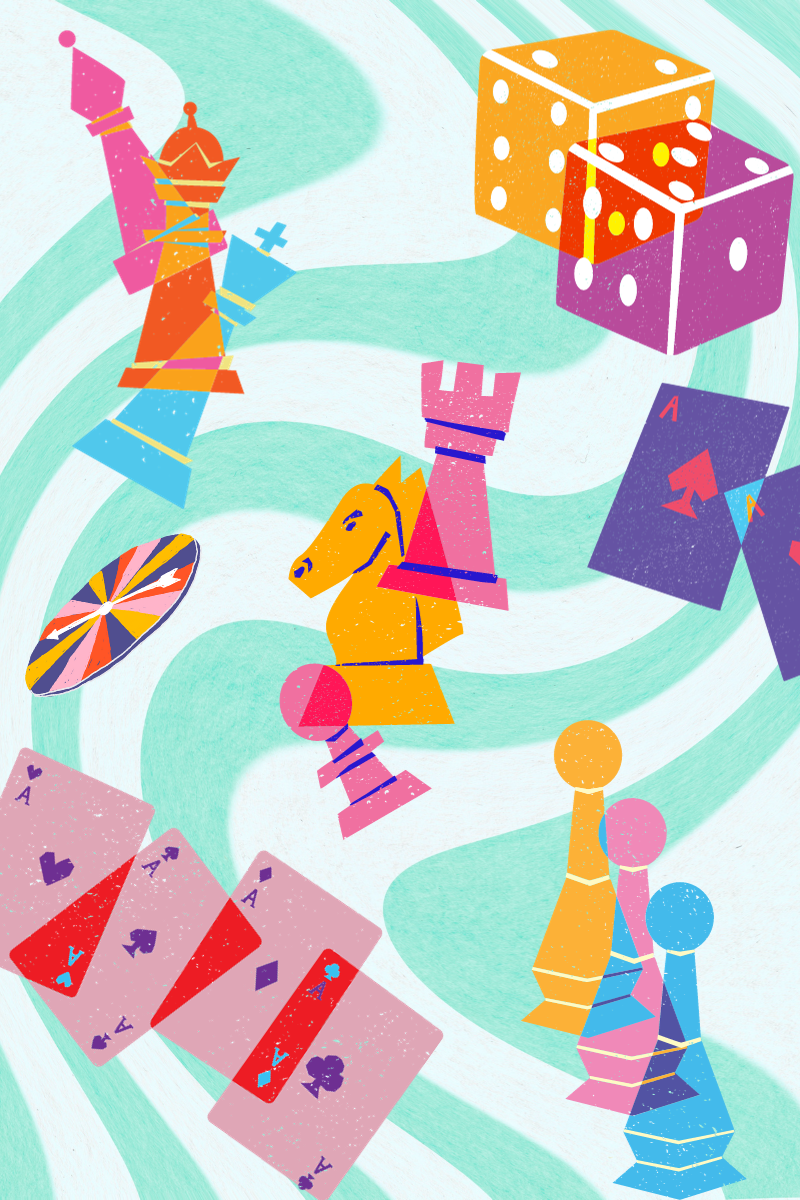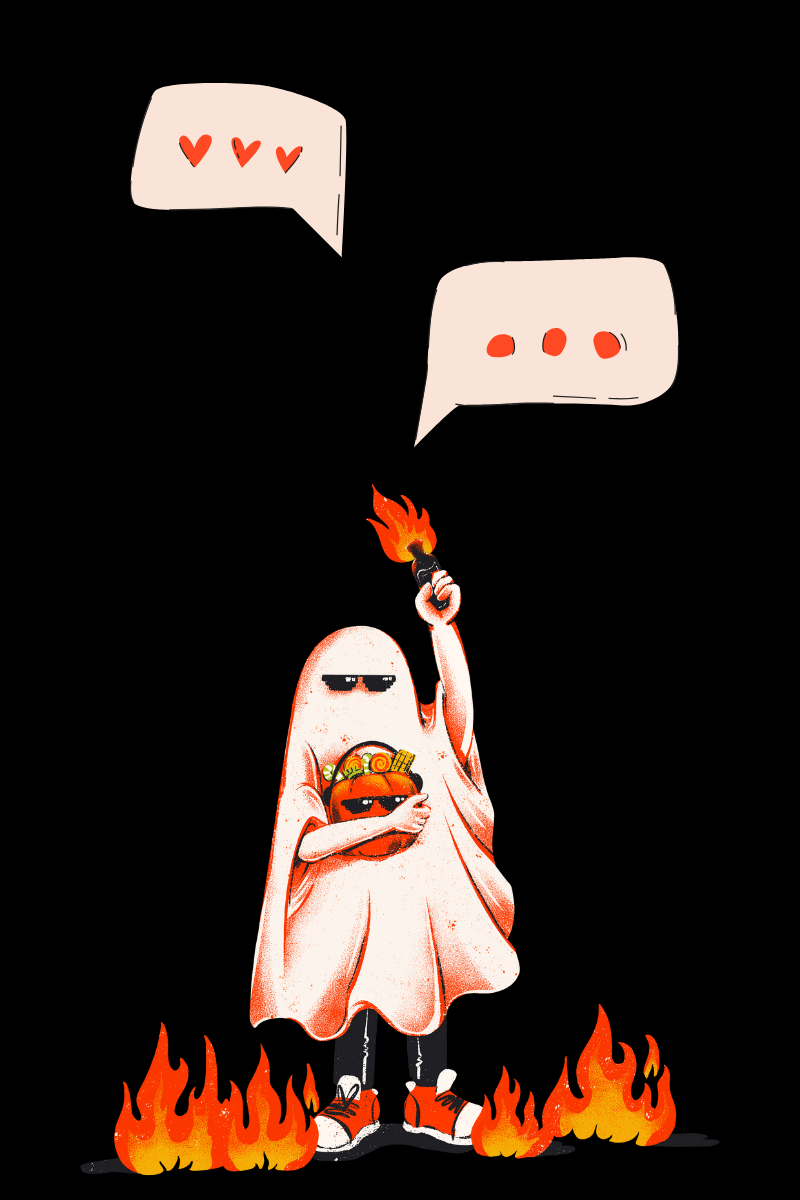Synastry is the analysis between two or more natal charts. It overlaps one natal chart with another. Synastry is the interaction of one’s natal placements with another’s natal placements. This is done to show how two or more people might interact or work together based on their natal placements. In many ways, it is often used in relationship astrology, specifically among romantic relationships. It is not the analysis of a relationship as a whole, that would require a composite chart, which summarizes the relationship between two people.
But in truth, synastry charts can’t tell us much. It can tell us how people’s basic instincts or values differ from another’s. It can tell us how people might inherently butt heads, but that does not account for the person today. For a true comparison of charts, one would need a progressed synastry chart as well. But that’s about it. A synastry chart also does not account for whatever a person may be currently going through for their transits as well. It is important to consider all factors if possible. But here’s how to read a basic synastry chart.
First, it is important to notice any conjunctions. This would signify a combination of energy, and how one person’s view might meet another.
Then, we account for the angles and any overlap of signs. For this, we would exclude generational planets should they be two people from the same generation. You would, however, include personal planets in conjunction with a generational planet. You can also account for them should the two people not be of the same generation. The angles are not a moving point, to be sure, but do hold energy, and are therefore important. Especially the angles in relation to one another. An angle conjunct a south node? Particularly important. One’s angle conjunct Neptune? Important. Any aspects between angles? You guessed it, important. I find the overlap of signs to happen more in family units than elsewhere.
Houses are also important to take into account. It shows a difference in where one person places their energy versus another. One person may have a stellium in the ninth natally, conjunct someone else’s twelfth house placement(s). In this case we would blend the meaning of the houses, signifying how the two people might react based on inherent tendencies.
It also depends on what you’re looking for in in a chart, or in the relationship. A chart between coworkers would look between the Mercury and Mars, for example. A chart for lovers would obviously include Venus much more heavily. It depends on the relationship to the people involved. A Midheaven would be considered much more heavily in a coworkers chart than that of, say, a family member. Synastry is read in a way similar to the one I laid out in the astrology of family dynamics, but with a few key differences, depending on the relationship.
The progressed synastry chart accounts for who each person is now, and who they have grown into. It’s important to take both charts into account, but it’s best to study each natal and progressed chart on it’s own before applying it to synastry.
If you have any questions about your synastry chart, feel free to contact me or get a reading from me!
Much love and best wishes,
Abigail
Related articles:







